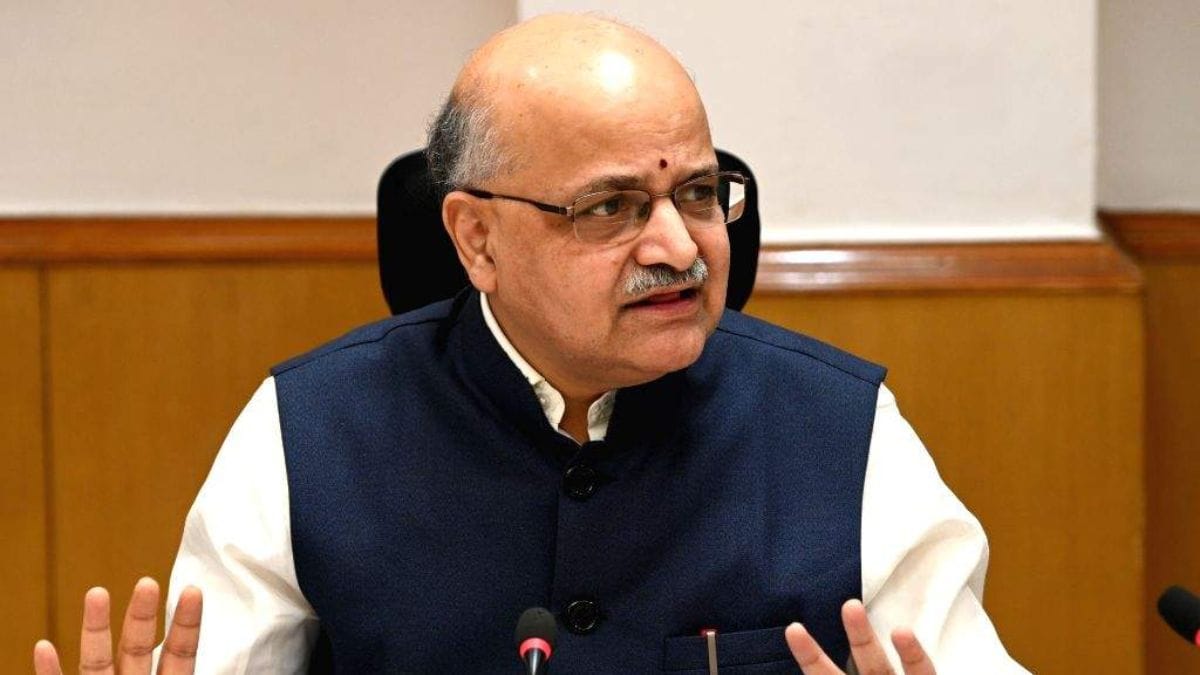India Faces Urgent Trade Challenges: Will Tariff Cuts Save Its Manufacturing Sector?

Can India’s manufacturing dreams survive the taxing reality of tariffs? NITI Aayog CEO BVR Subrahmanyam believes that the key to unlocking India’s economic potential lies in slashing tariffs and dismantling non-tariff barriers. Speaking on Monday, he emphasized that without opening up its markets, India risks falling behind in global competitiveness.
India’s struggle with a lack of essential manufacturing intermediates has been a long-standing issue. The upcoming National Manufacturing Policy (NMP) is expected to tackle these challenges head-on, focusing on creating world-class trade ecosystems. Subrahmanyam expressed hope that the NMP would propel India toward the best global standards, a sentiment echoed in the launch of the new ‘Trade Watch Quarterly’ report for Q4FY25.
As we gear up for another wave of significant reforms, Subrahmanyam hinted that these changes are expected to roll out before Diwali. The committee led by former Cabinet secretary Rajiv Gauba is already at work, though Subrahmanyam kept the details under wraps for now. He did, however, express optimism about concluding a trade agreement with the US soon, especially before any new tariffs impact Indian exporters post-November.
During recent talks, India has pushed for the elimination of a hefty 25% duty on imports of Russian oil, alongside advocating for reductions in reciprocal tariffs that currently sit at 25%. Subrahmanyam noted that while US tariffs haven’t yet affected trade significantly, the clock is ticking. Without a timely trade agreement, the summer months may present a bumpy road ahead for Indian exports.
In 2024-25, the US continues to reign as India’s largest trading partner, with a whopping bilateral trade valued at $131.84 billion. As highlighted in ‘Trade Watch Quarterly,’ India’s trade performance showed stability with a total trade figure of $441 billion—a modest 2.2% increase year-on-year. However, exports faced a slight dip, primarily due to falling mineral fuels and organic chemicals. On a brighter note, sectors like electrical machinery, pharmaceuticals, and cereals exhibited promising growth.
Import trends are also noteworthy, with a slight uptick thanks to rising demands in nuclear reactors and electrical machinery. North America emerged as a standout market, accounting for a remarkable 25% of Indian exports, while trade with the EU, GCC, and ASEAN regions showed signs of moderation.
Interestingly, the UAE has now surpassed Russia as India’s second-largest supplier, largely due to gold imports under the Comprehensive Economic Partnership Agreement (CEPA). Meanwhile, demand for electronics has fueled a surge in imports from China.
Despite India’s competitiveness in specific sectors like processed leathers and niche apparel, its overall share in the $296 billion global market remains relatively small at just 1.8%. As global consumer preferences shift towards non-leather and sustainable products, India is presented with both daunting challenges and unique opportunities. According to the Trade Watch report, increasing support for MSMEs, investing in research and development, and enhancing alignment with green and design-driven value chains will be crucial for advancing India’s presence on the global stage.















